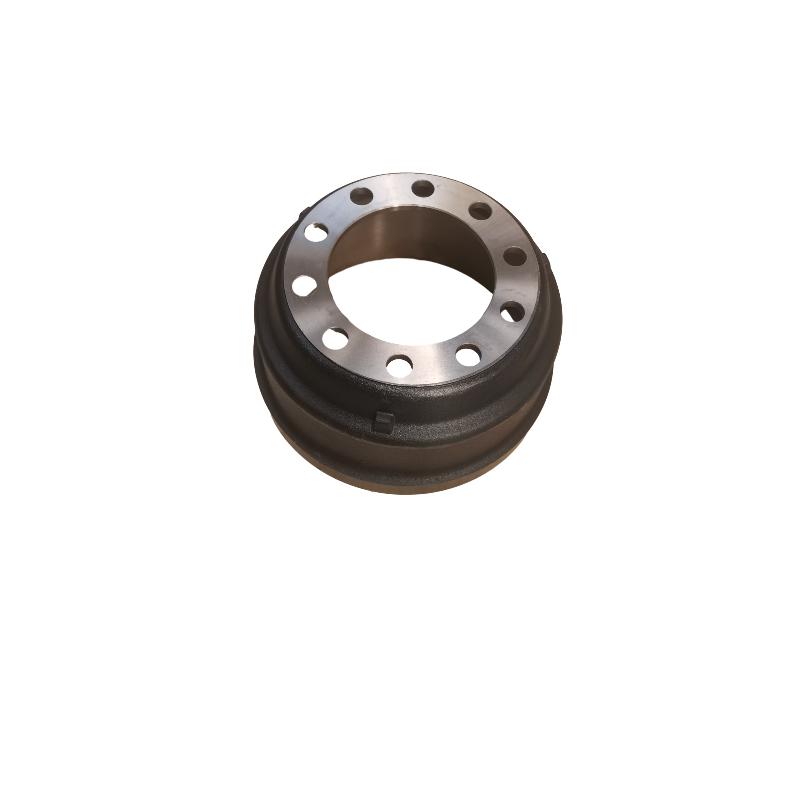Jul . 28, 2024 09:15 Back to list
Understanding the Importance of Brake Drum Lining in Vehicle Safety and Performance Enhancements
Brake Drum Lining An Essential Component of Vehicle Safety
Brake drum lining is a crucial aspect of a vehicle's braking system, primarily found in cars, trucks, and other heavy vehicles that utilize drum brakes. Understanding the functions, materials, and maintenance of brake drum lining is vital for ensuring vehicle safety and performance.
What is Brake Drum Lining?
Brake drum lining refers to the friction material that is bonded to the brake shoes inside the drum brake system. When the brake pedal is pressed, hydraulic pressure activates the brake shoes, which then press against the inside surface of the brake drum. The friction generated between the lining and the drum slows down or stops the vehicle. Thus, the effectiveness of a vehicle's braking system heavily depends on the quality and condition of the drum lining.
Materials Used in Brake Drum Lining
The materials used in brake drum lining vary, but they typically include a mix of organic and inorganic compounds. Common materials include
1. Asbestos-Free Linings Due to health risks associated with asbestos, most modern brake linings are now made from asbestos-free materials, which are a combination of fibers, resin, and fillers. These materials provide decent performance while being safer for both manufacturers and consumers.
2. Semi-Metallic Linings These linings contain metal fibers, such as copper, which improve heat dissipation and increase durability. However, they may produce more noise and generate more dust compared to organic linings.
3. Ceramic Linings Offering a quieter operation and less dust production, ceramic linings have become increasingly popular. They are durable and provide excellent stopping power, making them a favored choice for many drivers.
Importance of Brake Drum Lining Maintenance
brake drum lining

Maintaining the brake drum lining is essential for vehicle safety. Over time, the lining can wear down due to friction, heat, and exposure to various elements. Some signs that the drum lining may need replacement include
- Increased Stopping Distance If a driver finds that the vehicle requires more time to stop, it could indicate that the brake lining is worn. - Squeaking or Grinding Noises Unusual sounds when applying brakes can suggest that the lining has worn to the point where the shoes are contacting the drum directly, which can lead to severe damage. - Vibration If the vehicle vibrates during braking, it may indicate uneven wear or degradation of the lining.
The Replacement Process
Replacing brake drum lining is a task that should ideally be handled by a certified mechanic. The process typically involves
1. Inspection Before replacement, the mechanic will inspect the brake system for any additional issues such as worn drums, faulty hardware, or leaking brake fluid.
2. Removal of the Drum and Shoes The brake drum is removed to access the lining. The old lining is taken off the brake shoes.
3. Installation of New Lining New, high-quality brake drum lining is installed, ensuring it is properly aligned and secured.
4. Reassembly and Testing All components are reassembled, and the brake system is tested to ensure proper functionality.
Conclusion
Brake drum lining plays a pivotal role in vehicle safety. Understanding its materials, functions, and maintenance needs can help drivers ensure their brakes function optimally. Regular inspections and timely replacements are essential for maintaining brake performance, thus ensuring the safety of everyone on the road. As technology evolves, so do the materials and processes used in brake drum linings, and staying informed can significantly contribute to safer driving experiences.
-
ROR Web Development: Build Fast, Scalable, Secure Apps
NewsAug.17,2025
-
Scania Brake Drums: OEM Quality for Optimal Safety & Durability
NewsAug.16,2025
-
R.V.I: Advanced Remote Visual Inspection for Precision
NewsAug.15,2025
-
Discover HYUNDA: Innovative Vehicles, Equipment & Solutions
NewsAug.14,2025
-
R.V.I: Unlock Advanced Insights & Real-time Performance
NewsAug.13,2025
-
Kamaz Brake Drum: Durable & Reliable for Heavy Duty Trucks
NewsAug.12,2025
